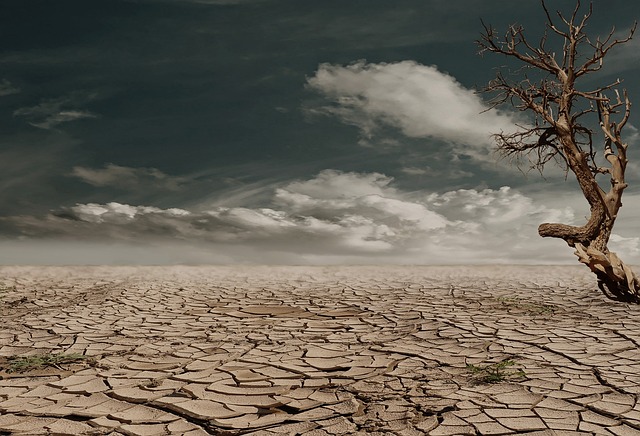
The structure of the soil depends on the granulometry and other factors.
The Latin word structūra came to Spanish as a structure . This term has several meanings in the dictionary of the Royal Spanish Academy ( RAE ).
The organization or order of the various parts that make up a whole is called structure . The structure, therefore, is associated with the arrangement of the elements.
Soil , on the other hand, is the surface of the Earth or an environment . It may be, depending on the context, the lower layer or the floor.
What is soil structure
The structure of the soil refers to how the grouping of the particles that make up the surface level and the underground layers occurs . The expression is associated with granulometry : the analysis of the measurement of the rocks, grains and the rest of the particles that make up the soil.
It can be said that the structure of the soil is the result of granulometry and the distribution of the components. This structure encompasses different strata known as horizons , which together give rise to the profile (the vertical stratification of the soil in question).
The differentiation of the horizons, in turn, is generated by the internal dynamics of the soil and by the upward and downward transport of particles . This movement is the effect of processes such as capillarity and leaching .

Crop growth depends, in part, on soil structure.
The aggregation
When soil particles clump together, they form aggregates . Depending on how the aggregation is carried out, different kinds of structures are obtained.
It is possible to affirm that the structure of the soil is defined from the average size of the particles, the shape of the aggregates and the degree of aggregation (related to adhesiveness and cohesion ). Knowing this data is key when exploiting or taking advantage of the soil.
The soil structure, therefore, can be single grain, agglomerate, strong, moderate, weak, blocky, lamellar or granular, to name a few possibilities. It all depends on the characteristics that are considered when classifying.
Soil and bedrock structure
The soil has a mineral matrix that is called bedrock . The successive horizons are based on this rocky material, which does not suffer any significant physical or chemical alterations.
When the horizons maintain a close bond with the bedrock, it is called autochthonous soil . On the other hand, if the horizons only find their physical basis in the bedrock, it is an allochthonous soil .
In an ascending direction, above the bedrock the subsoil appears; the precipitate zone; the vertical washing area; and the surface layer. What can be seen with the naked eye is this superficial layer, which presents remains of plants , branches and leaves.
Its influence on crops
Successful crop growth has a direct relationship with soil structure. The various management practices, such as tillage and irrigation , must respond to the characteristics of this structure.
The mode of absorption of nutrients and water , rooting and other issues have to do with granulometry and aggregates. Therefore, crop yields are defined, in part, by soil structure.
